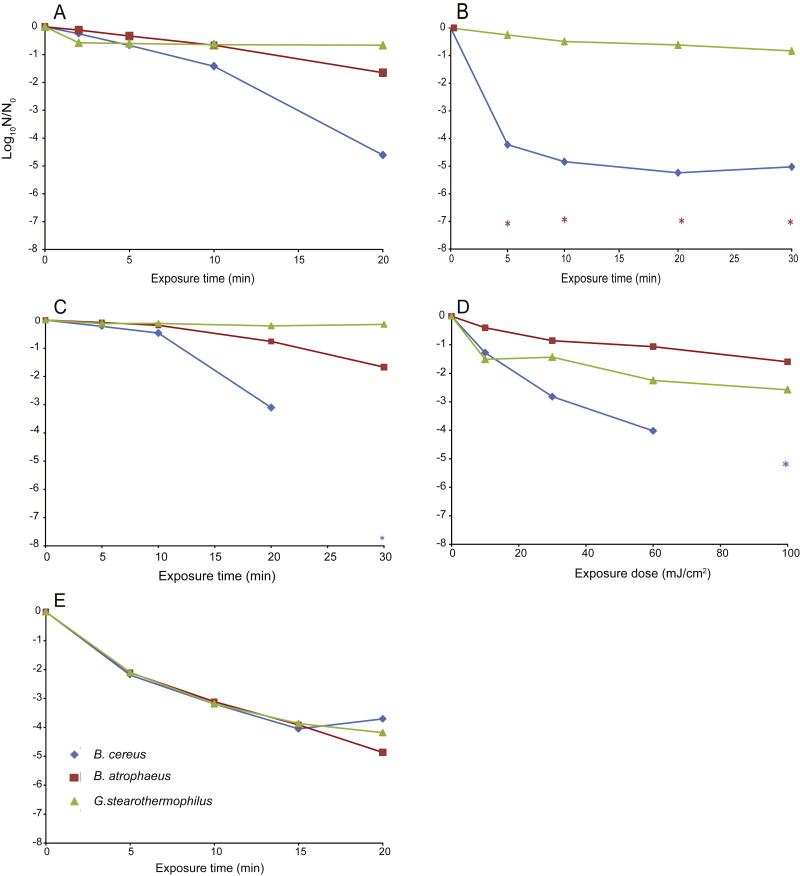A study led by Masja Nierop Groot, senior researcher, WageningenUR Food & Biobased Research is published in the December issue of Food Microbiology and looks at the potential use of cold plasma as a sterilisation agent in the food industry.
Opens up possibilities for sterilising the surfaces of food and packaging
“Microbial spores on food ingredients and packaging materials are usually inactivated by applying rigorous methods, such as intensive heating, chemical decontamination, or radiation. Not all products and surfaces are able to tolerate such treatment, so a need has emerged for alternatives to thermal and chemical sterilisation,” said Groot.
Cold plasma opens up possibilities for sterilising the surfaces of food and packaging materials in a relatively mild and residue-free manner, without using water.
Although cold plasma is already being used in the materials industry, for cleaning air, and for medical contact materials, amongst other things, the applications for the food and packaging sector are still in the research phase.
Cold plasma develops when a neutral gas (such as air, nitrogen, helium, or argon) is ionised in an electric field. This creates a mix of ions, electrons, reactive particles (radicals), molecules, and sometimes UV light. The high-reactive particles can kill micro-organisms and spores.
In the study, spores produced by three different species were tested: Bacillus cereus, a causative agent of food spoilage and foodborne disease, heat-resistant spores of Geobacillus stearothermophilus, and chemical-resistant spores of Bacillus atrophaeus.
Cold plasma attacks spores in a different way

“The spores that are resistant to chemicals and heat can be inactivated with cold nitrogen plasma over at least four log units (99.99%),” added Groot.
“This suggests that cold plasma attacks spores in a different way from techniques based on thermal or chemical components. This eliminates any effects from the presence of UV light.”
Images of plasma-treated spores under the electron microscope showed serious damage on the surface and large visual differences compared with spores damaged by UV, thermal, or chemical techniques.
For bulk applications in, for example, the food industry, air-based and nitrogen-based plasmas are economically feasible. Before cold plasma can be used for sterilisation purposes in the food and packaging sector, the spores which are sensitive to it and the location of the Achilles heel will have to be identified.
The follow-up study at Food & Biobased Research will shed more light on the operational mechanisms and focus on scaling-up the technology to industrially relevant levels.
SOURCE: Wageningen UR
PUBLISHED: Food Microbiology Volume 45, Part A February 2015, Pages 26–33. DOI: 10.1016/j.fm.2014.03.018
TITLE: Inactivation of Chemical and Heat Resistant Spores of Bacillus and Geobacillus by Nitrogen Cold Atmospheric Plasma Evokes Distinct Changes in Morphology and Integrity of Spores, published in Food Microbiology
AUTHOR(S): Hermien van Bokhorst-van de Veen; Houyu Xie; Erik Esveld,; Tjakko Abee, Hennie Mastwijk; Masja Nierop Goot.
